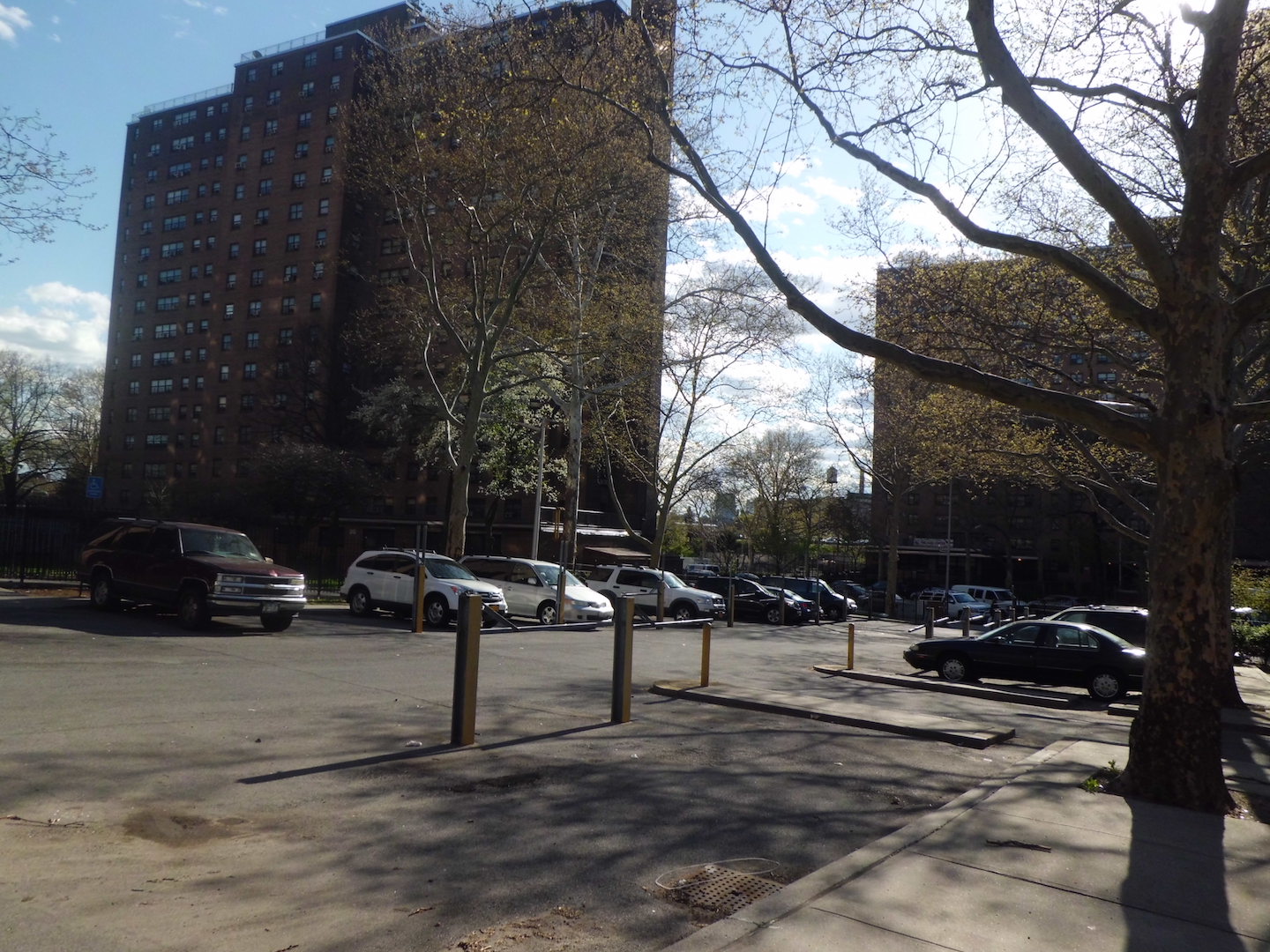Growing up in Mill Brook Houses, I used to go downstairs at about 8 a.m. on Saturdays to play basketball with kids from the development. In those games I met youth from a variety of backgrounds and income levels. Regardless of where we came from, we bonded because we were all youth, and members of the community of Mill Brook Houses.
I am an immigrant who moved to Mill Brook Houses in 1989. Integrating into a society that was very different from Guatemala was a struggle, but those basketball games reminded me that I was part of a community. Throughout my youth, we were told by our teachers and community members that we should receive degrees, leave the neighborhood, and seek careers in other places. This created a vacuum of youth that could have made a difference in the neighborhoods they grew up in, but left them instead.
I also repeatedly experienced the prejudice and ignorance of people claiming that public housing is transitory or that it shouldn’t exist, not understanding that its purpose has changed since it was built. Before, it was built for those coming back home from World War II, and for people that were displaced from their homes during the urban renewal era. Now, a diversity of people from a variety of incomes call public housing home.
I attended college and received a Bachelors of Science in Environmental Studies at the SUNY College of Environmental Science and Forestry and a Masters in Urban Planning at Hunter College to understand the problems so many of us face, and to find solutions. I apply my education to improving the neighborhood. Sitting on the Community Board 1 Land Use Committee, I have heard of developments labeled as affordable housing that certainly are not affordable to many community members.
Public housing is the last remaining affordable housing option for many people across the city that struggle to get higher paying jobs, face barriers to economic mobility, and thus are trapped in a system that doesn’t let them grow.
Last year, I learned about NYCHA’s Blueprint for Change, which would transform NYCHA and renovate about 100,000 units in its portfolio. The Blueprint would re-designate NYCHA from Section 9 to Section 8 housing, thus converting NYCHA from public housing to a voucher system and endangering what has made NYCHA one of the last truly affordable housing options in the city. The public documents don’t state clearly—and in some it is not stated at all—how bonds will be used to generate the $15 billion, in addition to the $25 billion in funds needed for the NYCHA renovations or to meet the $40 billion deficit in capital improvements. Clear answers were not given when concerned groups asked questions. There has also been hardly any community outreach to the hundred of thousands of people that this proposal will impact.
The mortgage crisis of 2008, during which millions of people lost their homes, is a prime example of the effects of greed in housing investment. We know all too well that privatized entities are there for profit, and that privatization can lead to thousands of people being displaced in NYC, potentially having consequences throughout the United States. Because NYC has the largest public housing stock in the nation, with over 400,000 NYCHA residents, what happens here has ramifications throughout the entire country.
As an environmental sustainability advocate, I believe the Green New Deal for Public Housing (GND4PH) is the best option for my city and my public housing community, not the Blueprint. The GND4PH is a bill first introduced by Alexandria Ocasio-Cortez and Bernie Sanders. This bill will move NYCHA and the rest of the national public housing stock toward a green future by retrofitting all units using the latest in sustainable design. The plan would also teach tenants about sustainability, explain why we should move to a sustainable future, and provide sustainability-oriented, green jobs for people in those communities. The GND4PH will move NYCHA – as well as other public housing developments throughout the nation – into a green future.
Many of those people who played basketball at Mill Brook Houses during my youth in the early ‘90s now have families. Some are pursuing their career aspirations. But, unfortunately, some are no longer with us. Public housing is not only a place – it is a community that was created because of the environmental injustice, climate injustice, economic injustice, racism, and prejudice that many of us face. We are a family and we fight for our communities and for the opportunity to grow.
The only way forward is to envision a future that overcomes these injustices and places public housing residents as the innovators of a sustainable future. The Blueprint will never fulfill these goals. This is a once in a lifetime opportunity to transform public housing in a way that radically benefits tenants and the planet.
Learn more about the Green New Deal for Public Housing at www.gnd4ph.com.
Cesar Yoc is a resident of Mill Brook Houses and a member of Bronx Community Board 1’s Land Use Committee. He is the founder of the Bronx Institute for Urban Systems.

